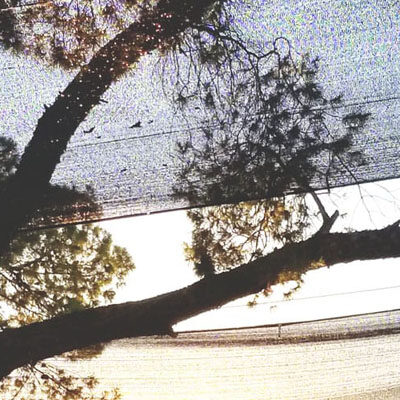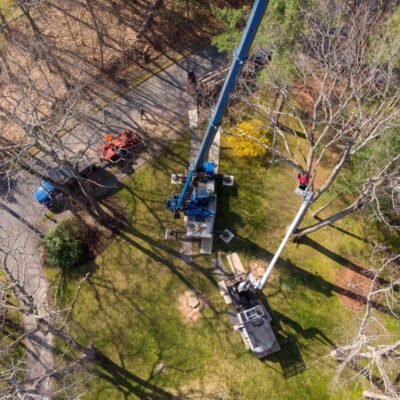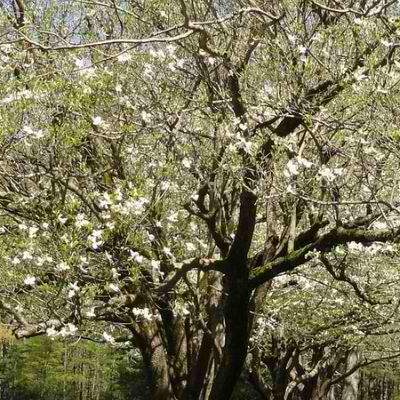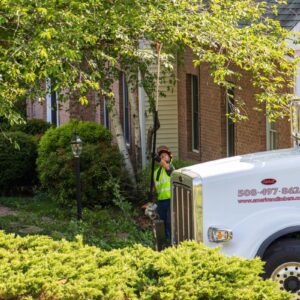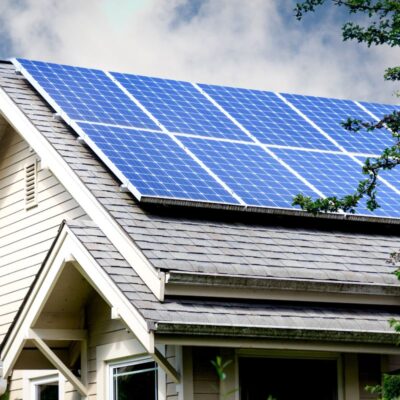



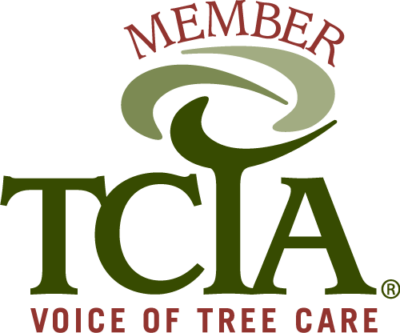

Pruning done to professional industry standards will enhance the structure, safety, health, and appearance of your trees while also reducing the chance of storm damage.
Reasons to Prune Your Trees
Removing branches that interfere with electrical wires, solar panels, building facades, gutters, chimneys, windows, or ones that block streets or walkways
Removing dead or weak limbs that could cause a hazard or lead to decay
Removing diseased branches or insect infestations that could spread to the rest of the tree
Improving the structure of the tree to minimize the effects of strong winds and lessen the potential for storm damage
Training young trees to ensure that they develop proper structure
Thinning or removing unneeded branches to open up a view or let more sunlight through
Shaping to improve the silhouette and appearance of the tree
Still not sure whether your tree could benefit from pruning?
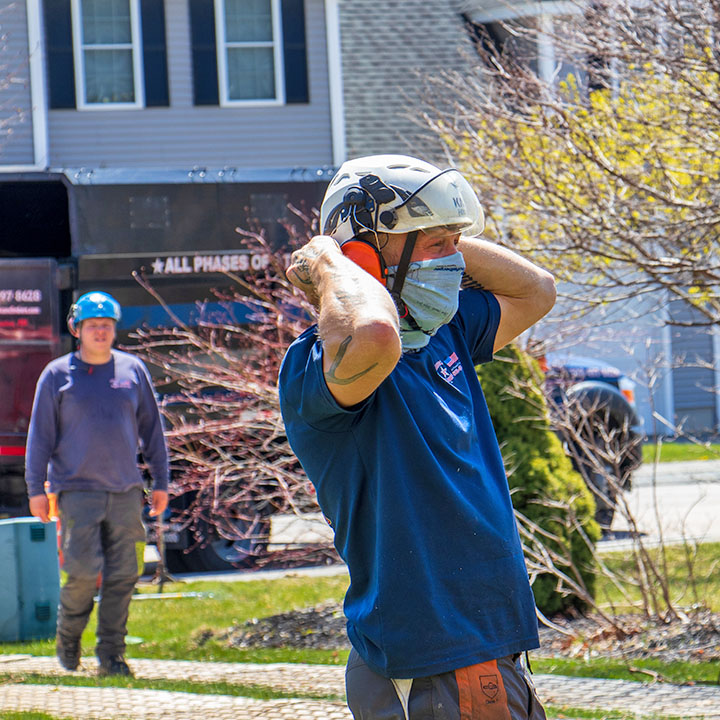



What Kind of Pruning do you Need?
How a tree is pruned depends on several factors, including the tree’s health, the tree species, size, and location, as well as what you’re trying to accomplish.
Typically, pruning involves one of our arborists ascending the tree to get a good look at the branches to be removed. Using the appropriate tool(s), the arborist will make precise pruning cuts in the right places to achieve the desired outcome without harming the tree.
Our Tree Service Professionals will examine your trees to determine which type of pruning is best for the health, safety, and appearance of your trees.
TREE PRUNING SOLUTIONS FOR EVERY PROBLEM
Most pruning or trimming work can be done year-round, but some trees are best pruned at specific times of year. We'll let you know the best time for your trees so you can schedule the work at a time that works for you and your trees.
We do not top trees!
All of our tree pruning work is done according to the ANSI A300 standards used by professional arborists. That's why we don't top trees. Not only is it detrimental to the health of the tree, it also creates a dangerous tree that looks bad and will likely never recover its natural shape.
To learn more about why we don't top trees, please read this article >>
Plan Ahead for Landscape & Exterior Home Improvement Projects
Consulting a tree service early on can save you time, money, and headaches in the long run. A professional tree company can help you plan your landscape or construction project around existing trees and can help you avoid damaging or killing any trees during your project.
IN addition, tree service companies can provide expert advice on how to best care for your trees after the project in completed. Keep in mind that not all tree service companies are created equal. We recommend doing your research to find one that meets your specific needs.
Yes. You may want to consider having your trees professionally pruned to let more sunlight through, remove overhanging branches that could break or drop leaves into the pool, and prune back anything impeding access to the pool and the equipment or seating around the pool, among other things.
You may also need to consider tree removal if a tree is too close, is blocking a view, or if it can't be pruned back far enough for your needs.
If you want to block a view, hide pool equipment, or muffle some surrounding noises, you may want to consider planting trees or shrubs.
Schedule your tree pruning or removal before you paint or power-wash to provide clearance for workers and equipment. This also prevents improper pruning and debris left behind for you to clean up.
If you’ll be having a big party or wedding and want your property to look good for the event, schedule clean-up and any trimming work a couple of weeks before the event. That gives white eyes (fresh pruning cuts) a chance to age so they won’t look like the groom with the haircut he got yesterday ;-).
The same is true for tree removals. Remove them in advance so that the surrounding trees and plants have time to fill in and make the area look more natural.
No. You should never pave over the roots of a tree unless permeable material or an aeration system is installed. Paving over tree roots will almost certainly kill the tree and lead to future issues.
If you have to insert a driveway, consider bending it away from the tree or using pavers. Pavers are less likely to crack as water and oxygen can still reach the tree roots.
Learn more about tree root “issues” and how to prevent them >>
If you drain your pool into your landscape, yes, you will harm your trees and plants. Chlorine and other chemicals can damage and even kill trees.
Chlorinated pool water in the soil forms chloride compounds, which a tree takes up by the roots. As this compound is spread throughout the tree, the leaves will begin to look burned and will dry out. Some leaves may turn yellow or drop to the ground early.
To prevent this, follow these tips:
- Stop chlorinating your pool at least a week before you drain it
- Test the water to ensure the pH is between 7 and 8
- Drain the pool slowly (this allows water to absorb into the soil over time)
- Consider non-chlorinated pool water as greywater rather than clean water. Test the water on a few replaceable plants before watering trees
- Scoop buckets of pool water to leave in the sun until no chlorine remains. Then use the buckets to water plants in other parts of your landscape.
- If your trees show damage from chlorine, irrigate the area with clean water (like from your garden hose) to flush out the chemicals and dilute the chlorine.
Planning ahead is a good thing!
We will need some time to view your trees and property, provide an estimate, and schedule the needed equipment and crew members. Keep in mind that we often have projects scheduled out up to 8 weeks or more so the earlier you contact us, the better.
Let us know when you schedule your estimate what work you plan to have done and when you plan to do it.
Landscaping and construction projects can easily break tree branches, injure tree trunks, and damage roots. This leaves trees stressed, susceptible to insect and disease problems, or no longer stable after the work has been completed.
Proper planning beforehand can prevent you from injuring your trees and causing long-lasting damage.
For best results, do this before the project begins:
- Document your trees (take photos)
- Prune back or remove any low-hanging branches that may interfere with the work
- Install tree protection around the trunk of all trees that are in or around a construction site
- Determine vehicular routes and staging areas before the work begins. Add mulch or straw and top with plywood sheets or steel road plates wherever heavy equipment will be parked or driven.
- If you are paving a driveway, ensure that tree protection is part of the design
For more details, see our article on how to prevent tree damage from construction and landscaping projects.
Tree care services are often helpful before starting any of these home improvement projects:
- Opening a pool up for the summer
- Pool or pond construction
- Construction of a home addition
- Patio installation
- Deck installation
- Pathway or driveway installation
- New landscaping
- Septic system installation or repairs
- Solar panel installation
- Driveway paving or sealing
- Exterior house painting
- Fence installation
- Roof or gutter replacement or repair
In most cases, having your trees pruned beforehand can help these projects progress much more smoothly. Properly pruned trees will not touch the side of a house or a roof, will make walkways accessible, will prevent excess leaves from falling into a pool, and more.
In other instances, trees may need to be removed. The tree or its roots may prevent access to the area or may be in the area where construction or paving is being performed.
If you have a dead tree on your property, you’ll probably want to remove that before starting any other projects.

